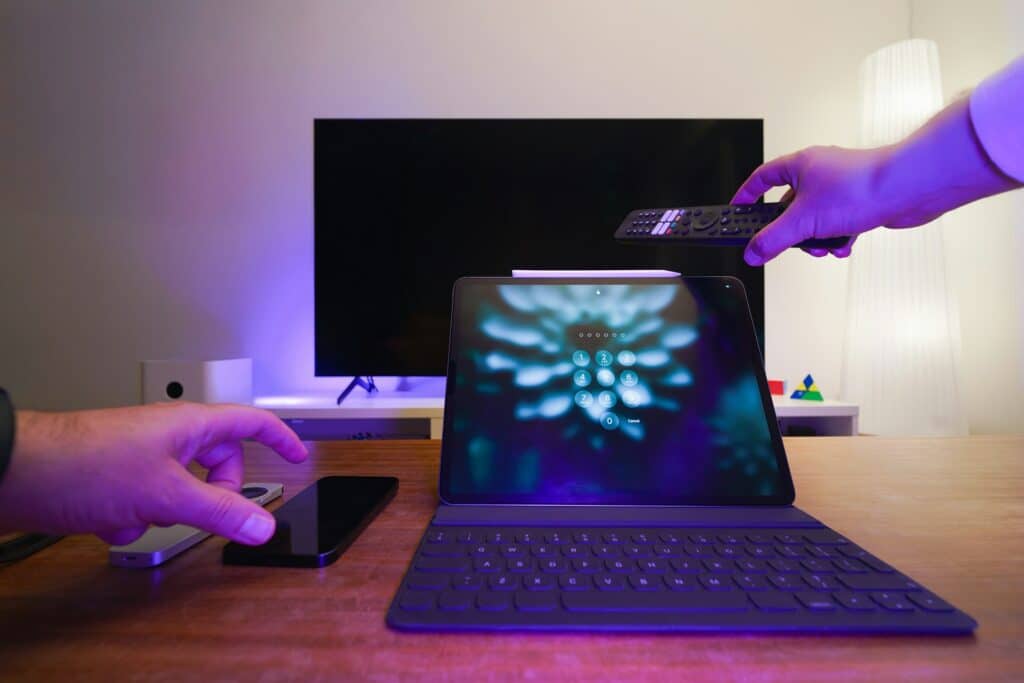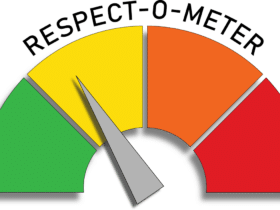Does multitasking work is a question that many professionals and researchers have debated, especially in today’s fast-paced, digitally connected work environments. This article explores whether multitasking truly improves productivity or undermines work quality and wellbeing.

Drawing on recent scientific evidence and workplace studies, you will gain a clear understanding of the cognitive realities of multitasking, its effects on job performance, and practical strategies for managing workload effectively.
What is Multitasking?
Multitasking generally refers to the attempt to perform several tasks at once or rapidly switching between tasks. It is often seen as a valuable skill in modern workplaces where employees must juggle emails, meetings, reports, and other responsibilities simultaneously. However, what we typically call multitasking is actually “task-switching,” a cognitive shift between tasks that involves refocusing attention.
When multitasking, the brain tries to switch contexts quickly, but this switching incurs cognitive costs. It disrupts concentration and reduces working memory efficiency. Cognitive psychologists studying attention have found that only simple or automatic tasks can be done simultaneously without significant performance loss; more complex tasks suffer most from attention fragmentation.
The Science Behind Does Multitasking Work
Cognitive science research shows that multitasking often leads to diminished productivity rather than improvement. For example, one study observed that multitasking reduced efficiency by as much as 40%, increasing the time required to complete tasks and reducing accuracy. This happens because the brain needs extra time and resources to reorient itself each time it switches tasks.
Moreover, multitasking has been linked to increased mental fatigue. When the brain toggles between competing demands, it consumes high levels of glucose and energy, contributing to rapid exhaustion. This cognitive drain negatively impacts decision-making, problem-solving, and creative thinking.
Pros and Cons of Multitasking
Pros
- Works well for routine or automatic tasks (e.g., folding laundry while listening to a podcast).
- May provide a sense of productivity for simple, non-demanding duties.
- Allows handling various minor responsibilities without losing overall progress.
Cons
- Leads to higher error rates and longer completion times on complex tasks.
- Contributes to cognitive overload and increases stress levels.
- Impairs memory retention and information processing.
- May reduce satisfaction and flow experiences at work.
Does Multitasking Work in Different Work Environments?
Multitasking’s effectiveness can vary widely by job type and context:
- Routine jobs with repetitive work may tolerate or even benefit from light multitasking.
- Knowledge work involving complex analysis, writing, or problem-solving suffers significant performance declines when multitasking.
- Jobs requiring high safety or precision (e.g., pilots, surgeons) do not allow multitasking except in very controlled, trained conditions due to risk implications.
- The rise of digital notifications and remote work setups has increased multitasking demands, often leading to distraction and reduced output quality.
Job Stress and Multitasking: The Hidden Toll
Research consistently links high multitasking demands to increased job stress and burnout risk. Employees exposed to frequent interruptions and forced to divide attention report higher fatigue, emotional exhaustion, and decreased motivation. The inability to focus deeply causes frustration, lowering job satisfaction and workplace wellbeing.
Stress from multitasking can impair physical health too, raising cortisol levels which disrupt sleep patterns and weaken the immune system. These human factors illustrate why understanding “does multitasking work” is not just a productivity question but a wellness issue.
The Role of Job Autonomy and Task Management
One of the critical moderators of multitasking’s impact is job autonomy—the freedom employees have to decide how to manage and sequence their work. Higher autonomy enables workers to batch similar tasks, schedule deep-focus periods, and set boundaries against distractions.
Studies show that when employees control their work pace and environment, they experience less cognitive overload despite multitasking demands. Thus, empowering workers with autonomy and training in effective task management are key to mitigating multitasking’s negative effects.
Multitasking vs. Monotasking: The Case for Single-Task Focus
Monotasking or single-tasking involves dedicating attention to one task until completion before starting another. This approach aligns with brain science, supporting focused attention and reducing cognitive costs of switching.
Numerous productivity experts advocate monotasking, highlighting improved task quality, speed, and satisfaction. Techniques like the Pomodoro method, which breaks work into timed focus intervals with breaks, exemplify effective monotasking strategies.

Practical Strategies to Optimize Work Without Overloading
To answer “does multitasking work” more pragmatically, many professionals adopt hybrid approaches incorporating the best of multitasking and monotasking:
- Prioritize tasks by importance to allocate focused effort effectively.
- Schedule times for uninterrupted work blocks.
- Use technology to minimize unnecessary notifications.
- Incorporate mindful breaks to recharge cognitive resources.
- Apply task batching to group similar activities reducing switching.
The Future of Multitasking: Technology and AI Assistance
Advances in artificial intelligence and workplace technology hold promise to reduce cognitively demanding multitasking by automating routine tasks, managing schedules, and filtering distractions. These tools help humans focus on high-level decision-making and creativity.
Forward-thinking organizations are investing in technologies and cultural norms that respect cognitive limitations and promote employee wellbeing, recognizing that sustainable productivity depends on managing—not maximizing—task switching.
Conclusion: Does Multitasking Work?
Does multitasking work? The evidence points to a nuanced answer. While multitasking can be helpful for simple, routine tasks and in roles that require juggling multiple quick demands, it generally reduces productivity and wellbeing for complex, knowledge-based work.
Understanding cognitive constraints and promoting job autonomy, along with adopting monotasking strategies, are essential for optimizing performance in today’s multifaceted professional environments.
Practical Advice: How to Manage Multitasking Effectively
If you find yourself needing to multitask, or if multitasking is unavoidable in your work environment, here are some proven strategies to manage it better:
- Prioritize Your Tasks: Use tools like the Eisenhower Matrix to identify urgent vs. important tasks, so your multitasking focuses on high-value activities.
- Set Specific Time Blocks: Allocate dedicated periods for deep work where multitasking is minimized; separate times for checking emails and messages.
- Use Task Batching: Group similar tasks together to reduce mental shifting and improve efficiency. For example, respond to all emails in one session rather than sporadically.
- Limit Distractions: Turn off non-essential notifications on your devices during focus periods to prevent interruptive switching.
- Practice Mindfulness: Train your attention through mindfulness exercises which can increase your ability to focus and reduce stress.
- Take Regular Breaks: Physical and mental breaks restore cognitive resources and reduce burnout caused by sustained multitasking.
- Leverage Technology: Use productivity apps that help filter and organize tasks, enabling a smoother workflow with less cognitive load.
- Communicate Boundaries: Let colleagues and supervisors know when you need uninterrupted time to focus, reducing external multitasking pressure.
- Focus on One Task at a Time: Whenever possible, embrace monotasking for complex or creative work, as it aligns with how our brains perform best.
- Reflect and Adjust: Regularly review your multitasking habits and their impact, adjusting your approach to maximize productivity and wellbeing.
While multitasking may sometimes seem necessary, finding a balance between multitasking and focused single-tasking is essential. By consciously managing your workflow using these strategies, you can improve both your productivity and your mental wellbeing.

Here is a table that will help you understand how multitasking works in real life:
| Example Scenario | Type of Multitasking | Description | Practical Advice |
|---|---|---|---|
| Responding to emails while listening to a podcast | Light/Background multitasking | Handling routine email replies while passively absorbing podcast content. | Use for simple tasks that don’t need full focus. |
| Teaching a class while handing out assignments | Concurrent multitasking | Teachers engage students while distributing papers and answering questions simultaneously. | Requires experience to balance focus and interaction. |
| Taking multiple restaurant orders at once | Concurrent multitasking | Waitstaff managing orders from several tables simultaneously to maintain service flow. | Use note-taking or digital order systems to avoid errors. |
| Customer service reps speaking on the phone while entering data | Concurrent multitasking | Handling calls while documenting customer information in real time. | Minimize distractions for accuracy and speed. |
| Writing an article while verifying facts online | Serial multitasking | Switching between writing and researching/confirming information to maintain article integrity. | Batch research separate from writing to improve quality. |
| Delivery drivers delivering packages while checking off completed orders | Concurrent multitasking | Managing physical deliveries with logging or signature collection on handheld devices. | Organize delivery routes to reduce cognitive load. |
| Preparing multiple dishes in a kitchen | Concurrent multitasking | Cooking several meals simultaneously by monitoring cooking times and ingredient prep. | Plan prep steps in advance and use timers. |
| Driving a vehicle while talking to a passenger | Divided attention multitasking | Managing vehicle control and social interaction at the same time, common but risky multitasking. | Avoid distractions like phone use while driving. |
| Participating in online meetings while responding to emails | Serial multitasking | Splitting attention between meeting discussion and email communication. | Assign periods for email after meetings to maintain focus. |
| Reviewing documents while waiting for meetings to start | Background multitasking | Using waiting time to perform tasks that require less cognitive load, like scanning documents. | Ensure tasks don’t require deep focus to avoid errors. |


















